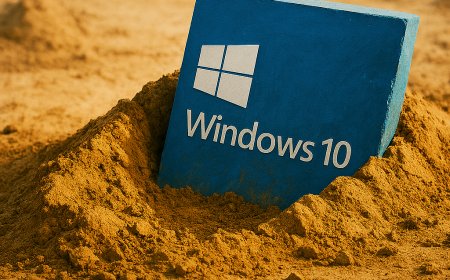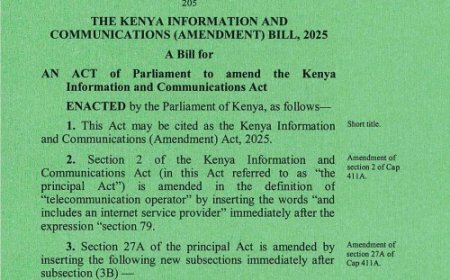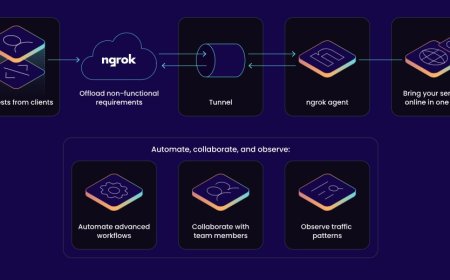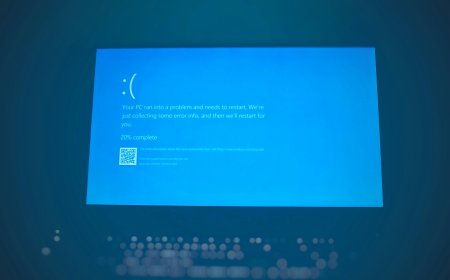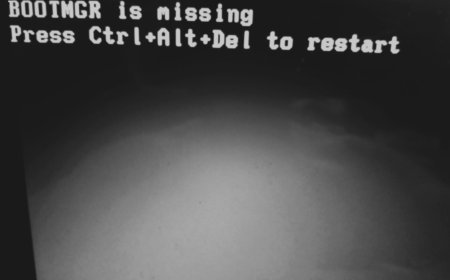Understanding Commonly Used Data Types in Microsoft SQL Server
This blog provides a comprehensive guide to the most commonly used data types in Microsoft SQL Server, explaining their purpose and usage. From numeric types like INT, FLOAT, and DECIMAL to character types such as VARCHAR and NVARCHAR, this post covers essential data types that every database developer should know. Additionally, it highlights deprecated types like TEXT and IMAGE, suggesting better alternatives. Whether you’re dealing with fixed or variable-length data or working with date, time, or binary data, this blog will help you choose the right data type for your SQL Server projects

When working with Microsoft SQL Server, choosing the right data type for your columns is crucial for optimizing performance, managing storage, and ensuring data integrity. SQL Server provides a wide range of data types to handle different kinds of data such as numbers, text, binary files, and dates. Below, we’ll break down some of the most commonly used data types, their use cases, and the implications of using each.
Numeric Data Types
- INT: A commonly used data type for storing whole numbers. It occupies 4 bytes and can store values between -2,147,483,648 and 2,147,483,647.
- BIGINT: An 8-byte integer, used when larger whole numbers are required, up to 9.2 quintillion.
- SMALLINT: Takes up 2 bytes, suitable for smaller ranges of numbers, between -32,768 and 32,767.
- TINYINT: Occupies just 1 byte and stores positive numbers from 0 to 255.
- DECIMAL(p, s) / NUMERIC(p, s): These fixed-point types are perfect for handling precise numbers, such as financial data where both scale and precision are important.
- FLOAT and REAL: Floating-point data types used for representing approximate numeric values. REAL is a synonym for FLOAT(24) in SQL Server, used when less precision is needed.
Character Data Types
- CHAR(n): A fixed-length character data type that always occupies
ncharacters. Useful when all values in a column have the same length. - VARCHAR(n): A variable-length character type that only takes up as much space as needed for the actual data. Suitable for storing text data that varies in length, up to 8,000 characters.
- NCHAR(n): The Unicode version of CHAR, storing fixed-length Unicode characters.
- NVARCHAR(n): Similar to VARCHAR, but designed for Unicode text, making it perfect for multi-language support.
Binary Data Types
- BINARY(n): Stores fixed-length binary data. Often used for binary data that has a known, fixed size.
- VARBINARY(n): A variable-length binary data type, ideal for storing binary data such as images or encrypted data.
- IMAGE: A deprecated type used for large binary data such as images. It’s now recommended to use VARBINARY(MAX) instead.
Date and Time Data Types
- DATE: Stores only the date, without time, ranging from the year 0001 to 9999.
- TIME: Stores time without a date, with precision to fractional seconds.
- DATETIME: A combined date and time type that offers precision to about 3.33 milliseconds, ranging from 1753 to 9999.
- DATETIME2: An improved version of DATETIME, with better precision for fractional seconds and a wider date range.
- SMALLDATETIME: Stores dates and times but with a smaller range and precision, useful when the exact time isn't a critical requirement.
Miscellaneous Data Types
- BIT: A boolean-like type that stores 1 (TRUE), 0 (FALSE), or NULL.
- TEXT and NTEXT: These types are used to store large strings but are deprecated in favor of VARCHAR(MAX) and NVARCHAR(MAX), which offer better flexibility and performance.
- XML: Stores XML data, which can be useful when dealing with structured data in an XML format.
- JSON: Although SQL Server doesn’t have a native JSON type, you can store JSON data using NVARCHAR(MAX), and SQL Server provides functions to parse and manipulate JSON.
Choosing the Right Data Type
Choosing the appropriate data type is essential for creating efficient and optimized databases. For instance:
- Numeric types like INT and DECIMAL are best for storing numbers.
- For text, VARCHAR and NVARCHAR are more flexible and space-efficient than CHAR.
- DATETIME and DATETIME2 are crucial for accurate time-tracking in records.
- Use BIT for boolean data to save space.
Deprecated Data Types
SQL Server has phased out some older data types, such as TEXT, NTEXT, and IMAGE, in favor of newer options like VARCHAR(MAX), NVARCHAR(MAX), and VARBINARY(MAX). These newer types offer better performance, flexibility, and storage options.
Conclusion
Understanding the differences between these commonly used data types in SQL Server is critical for anyone working with databases. Whether you are managing numeric data, strings, dates, or even binary information, selecting the correct data type ensures efficient storage and improves query performance.
By mastering the use of these data types, you can build robust, scalable databases that not only perform well but also maintain the integrity and accuracy of your data.
What's Your Reaction?







